Building date: 1831-1834
Original use:
Corner structures:
Mortar application and content: Vertical heavy
Types and uses of stones: Herringbone anywhere
Types and choice of windows:
Structures with similar masonry details:
Masons who worked on building:
Unique features:
Map views courtesy Google Maps. Address is Google Earth confirmed; 42°44'04.93"N 76°58'21.59"W. Current owner of record, Jensen as of the 2019 Tax Roll.
Town of Benton and Yates County Maps.
This farm house at 612 Route 14, Town of Benton, was built between 1831 and 1834 by Charles Angus, a prosperous farmer and entrepreneur. The front part of the house was built in 1846. It remained in the Angus family for five generations. It is constructed of variously shaped colored field cobbles laid four rows to a quoin in a rough herringbone pattern. The house and barn complex were placed on the National Register of Historic Places in 1992. The front of the house facing east is dominated by a very rare and unique Regency style porch.
The front doorway is recessed. It has paneled pieces supporting a plain lintel over which there is a small pediment with tendril ornaments in lead. The capitals have deep undercutting.
Tradition has it that the cobblestones were gathered from the surrounding fields and the mortar was made from limestone gathered on the farm and burned in a kiln on the hill in back of the house. The lumber also came from the farm. Seven wagon loads of stones were hauled from the Lake Ontario shoreline. Of typical of cobblestone construction, the walls of this house are 18 to 20 inches thick. The stone for the quoins and lintels came from a quarry near Waterloo. The rear was built first. The Angus family had a coal yard at the nearby Fall Brook Railroad station called "Angus." Notice the ancient hickory tree at right in the recent Richard Palmer photograph below. Richard Palmer blog.
"The Cobblestone Houses of Upstate New York", compiled by Dorothy Wells Pease. Research done in collaboration with Hazed B. Jeffery, supplemented with material furnished by Carl F. Schmidt, 1941. Reference the seventh paragraph on page 22.
Angus Cobblestone House, Penn Yan Chronicle-Express, January 28, 1954
On Century Lands List
One of the most interesting cobblestone houses of the region is now numbered among the century owned farmsteads of Yates county. Located on the west side of Route 14, about three miles north of Dresden, it has been in the Angus family for well over 100 years and was built by Charles Angus, grandfather of the present owner, George Angus, sometime between 1832 and 1846.
What is more, the cobblestones that went into the home were picked up from the fields surrounding it, the mortar that binds them together was made from limestone gathered on the farmed and burned on the hill just above the house, and the lumber was grown on the place.
The reddish cobblestones are noticeably rougher and more colorful than the water worn cobblestones from Lake Ontario's shore that were used in the building of the former George Earl home that stands on old Route 14, less than two miles north of the Angus home, and is now owned by E.S. Boerner. Mr.Angus was told that seven carloads of Ontario stones were drawn over to build this other fine cobblestone house.
From Scotland to Seneca Lake
The Anguses have lived in the Seneca Lake section for 153 years and of course have made their mark upon the land, with one of Seneca's prominent points south of the Angus home bearing their name. Walter Angus, great-grandfather of the present owner, came from Scotland to America in 1798, moving to the Seneca location in 1800, when according to family history, there was no one living on the road between Geneva and Dresden except a French family residing in what is now the Fred Powers place a few place a few miles north.
Charles Angus extended his father's holdings, acquiring an additional 100 acres in 1831 from a man named Carpenter. Here in a log house George Angus' uncle, George W. Angus was born in 1832, and in 1846 William David Angus, father of the present owner, was born in the cobblestone house. An aunt, Maria Angus, was also born there.
On March 7, 1832, George Angus, who now lives alone in the same home, was born there. He has lived there ever since except for a decade when he lived on his uncle George's place and worked it. The three farms that originally formed the holdings of members of the Angus family have since been divided into separate sections of about 60 acres each. George Angus owns the homestead, Terry Dalton now owns the part that belonged to Charles Angus, and Seward Bartholomew owns the portion that once belonged to George Angus.
Stone Upon Stone
A surprising feature of the Angus homestead is that the walls are 18 to 20 inches thick and made up of field stone also gathered from the surrounding land. Upon these rugged walls was arranged the veneer of cobblestones, the "goose eggs" that form the outside walls, the stones selected and so turned as to appear of almost exactly the same size, with a faint herring-bone pattern formed by slanting successive rows in opposite directions.
The corner stones, cornice blocks and window ledges were brought in from Waterloo. There are 11 rooms in the house, with the wallpaper in the front hall, a classic bird pattern, over 100 years old and still well preserved. The back part of the house was built first and consisted of two large rooms, containing "bed sinks" or alcoves where the family slept. The distinctive and delicate lattice woodwork of the front porch is still in good repair for century-old wood.
Mr. Angus has always understood that the building of the Erie Canal that brought prosperity to many persons throughout the region fostered the construction of these rather elaborate cobblestone homes. The majority of them were built between 1830 and 1855. Mr. Angus' father owned and operated a tugboat on Seneca Lake, carrying grain in the good ship "Little Broadhorn" to Watkins.
Mother from May's Mills
Mr. Angus' mother was the daughter of Mr. and Mrs. William Frey of May's Mills and married William Angus in 1880, and used to recall that Seneca Lake froze over in its entirety during one of her first winters on the Angus place. Mr. Angus himself recalls when it froze all the way to Watkins Glen and in support of his statement quoted from the Yates County Chronicle of Feb. 18, 1914, where it was recorded that Seneca Lake had frozen entirely over in 1855, 1885 and Feb. 11, 1912.
The Fall Brook Railroad was put through below the Angus home in 1876. There in the late 1890's, Mr. Angus' father and uncle sold coal at Angus station, where three passenger trains each way stopped daily.
The present owner of the Angus house was educated in rural schools and Geneva High School. Widely read, his interests are many and broad, and at 71 years of age he still keeps four cows and faithfully works as much of his land as he is able. Richard Palmer blog.
Historic Angus Estate Bought by K.E. Jensen, Geneva Times, September 26, 1960
PENN YAN - Mr. and Mrs. Kendall E. Jensen, RD 1, have purchased the historic Angus estate on Route 14, four miles north of Dresden. The property consists of 66 acres of land, some 600 feet of lake frontage and a cobblestone house over 115 years old.
Mr. Jensen is engaged in contracting work, bulldozing, trenching and farm tile drainage, and his business is located one more above the property on the Angus Road. He was married last June to the former Marion Nelson and they make their home in a trailer near his business.
Walter Angus, great-great grandfather of the late owner, George Angus, settled in Yates County in 1800 and lived on the original 114 acres until 1855. After the death of his wife, the farm was sold to his son, David.
David's brother, Charles, purchased another 129 acres in 1831 and 66 acres more in 1837. It was on the latter property that the cobblestone house was built sometime between 1832 and 1845 to replace their log cabin. His fifth child, William D. Angus, the late owner's father, was born in the cobblestone house in 1846, as was his son George in 1882. George died in 1959. The land once owned by the Angus' has been divided into several farms. Among them are those owned by Terry Dalton and Seward Bartholomew on Route 14 and Maurice Jensen on the Angus Road.
The cobblestones used in the house were picked from the fields, and the mortar that binds them together was made from limestone gathered on the farm. The lumber used was also grown on the farm. The walls of the house are 18-20 inches thick and are made of sandstone gathered on the property. On the walls are arranged the cobblestones which appear to be almost the same size, and slant in opposite directions in successive rows giving a herringbone effect.
Before Route 14 was paved, the property had a cobblestone fence from the barn on the south to the gulley on the north side of the house. There are 11 rooms in the house with two sets of rooms upstairs, each having its own set of stairs and not connected. With the stairs that lead to the attic, there are three stairways leading to the upper section.
The wallpaper in the front hall is well over 100 years old and is still in good condition. Each downstairs window is a bay-type formed from the thick walls. The Syracuse, Geneva and Corning Railway, which in 1929 became the New York Central, was put through the Angus farm near the lake in 1876.
Considering its long history, the old cobblestone house needs few repairs to restore it as it was in the early days. The roof is in good condition and each stone is in its place. Some lattice work on the front porch needs minor repair, a few windows need replacing and paint is needed inside and out.
Mr. and Mrs. Jensen plan to make it their home after adding a few modern conveniences. Richard Palmer blog.
"Historic Yates Area Homes", Geneva Daily Times, Monday, February 2, 1955.
Permanent File of Cobblestone Structures. Division for Historic Preservation, New York State Parks and Recreation, Albany, New York.
"Gateways To Cobblestone Houses of Yates County", by Crooked Lake Yorkers, Penn Yan Academy, page 8, 1967.
"A Brief History of Cobblestone Architecture in Yates County, New York", By Richard F. Palmer
The Cobblestone Society & Museum Tours:
Angus - Jensen House 8th Annual 06/15/1968
|
- "Cobblestone Masonry", 1966, Carl Schmidt: Name reference, Angus - Jensen House
- Pages 205 - 206
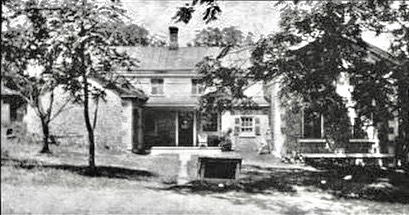 Screen Shot 2018-04-22 at 10.29.44 PM.jpg ¹ 1917 | 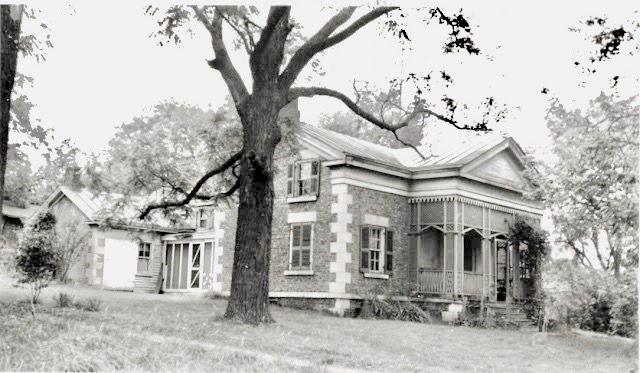 Scan 1741.jpg ¹ 1950s | 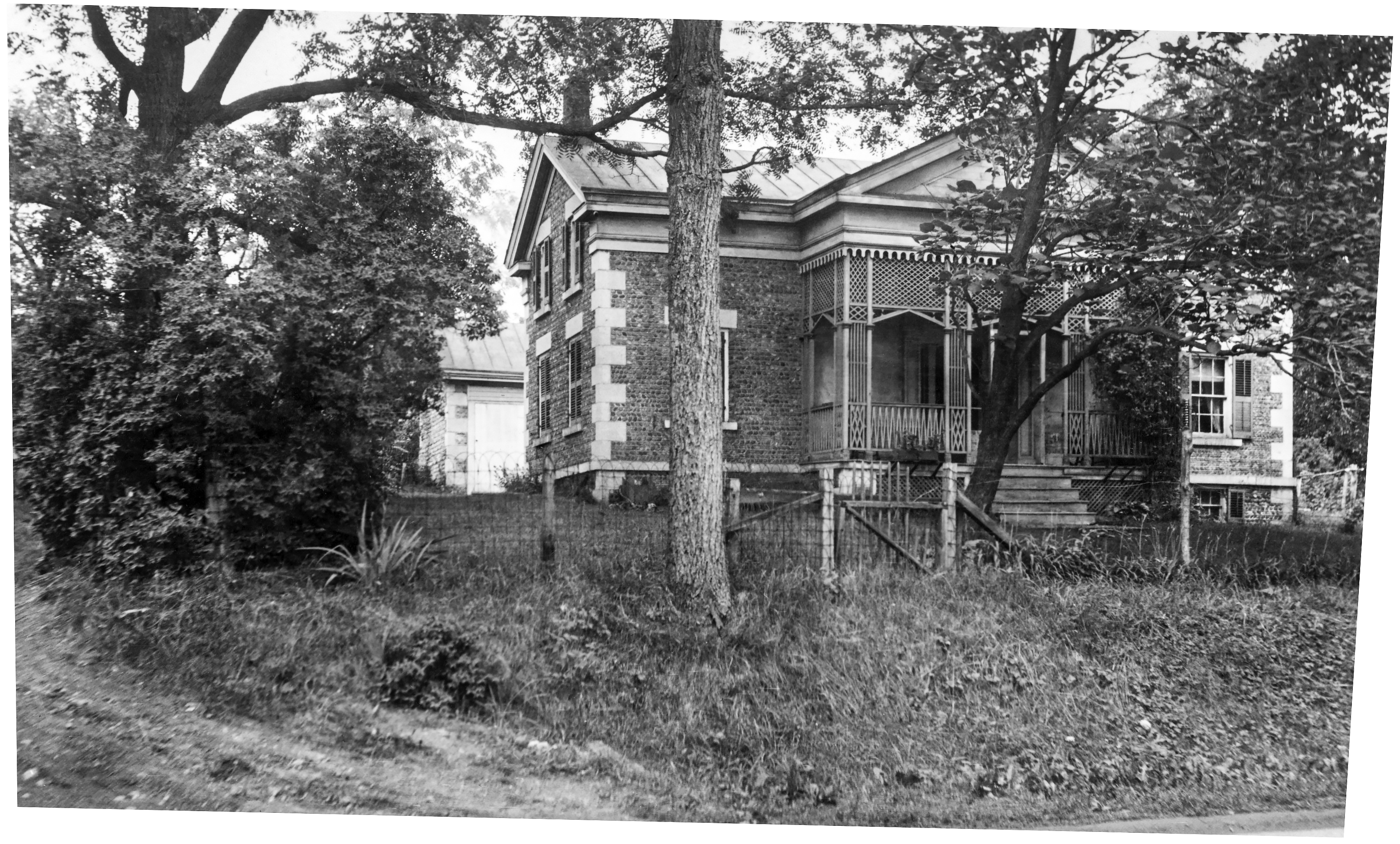 Ben-2 Jensen 1.jpg ² Charles Hopkins 1934 | 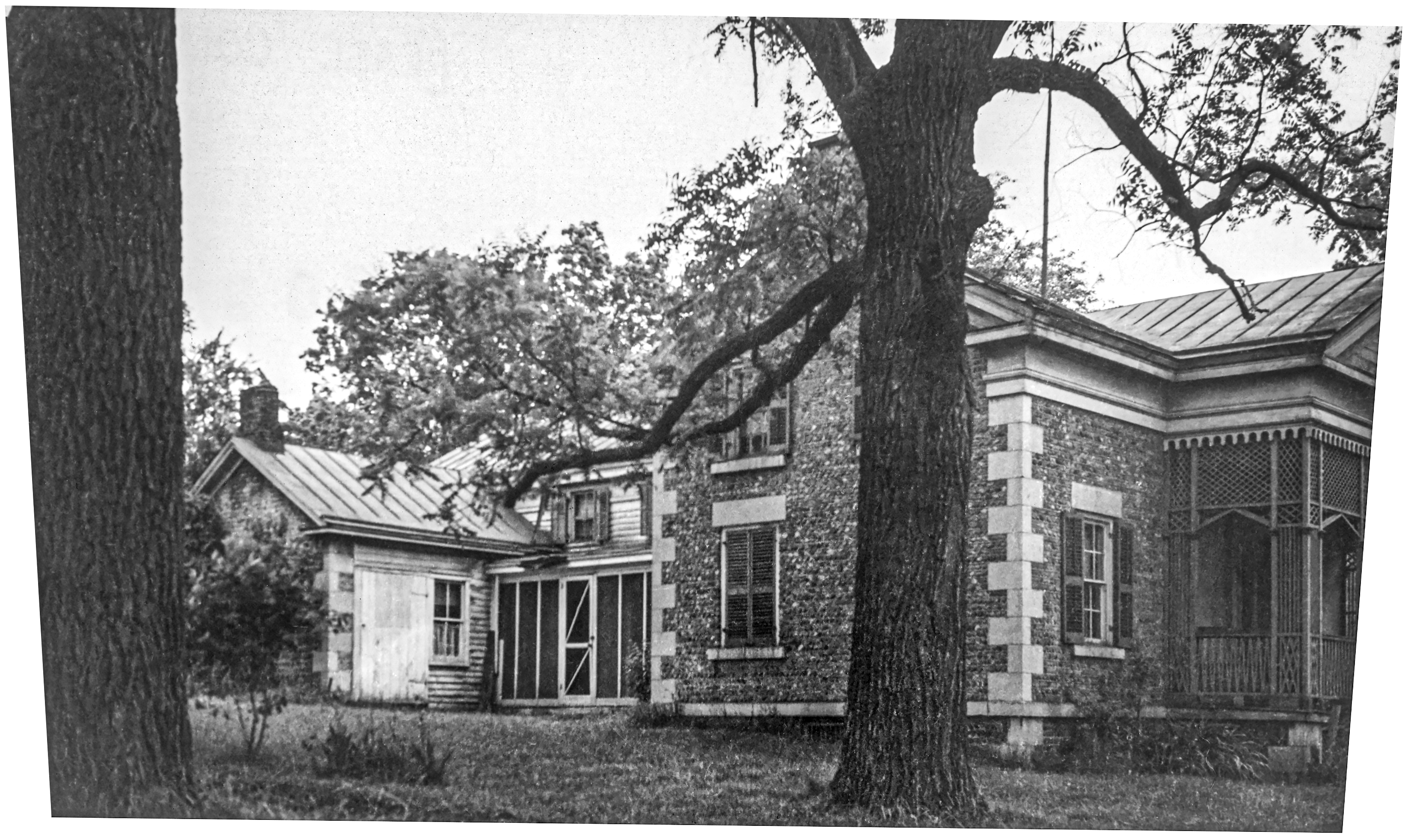 Ben-2 Jensen2.jpg ² Pease Collection 1940-41 |
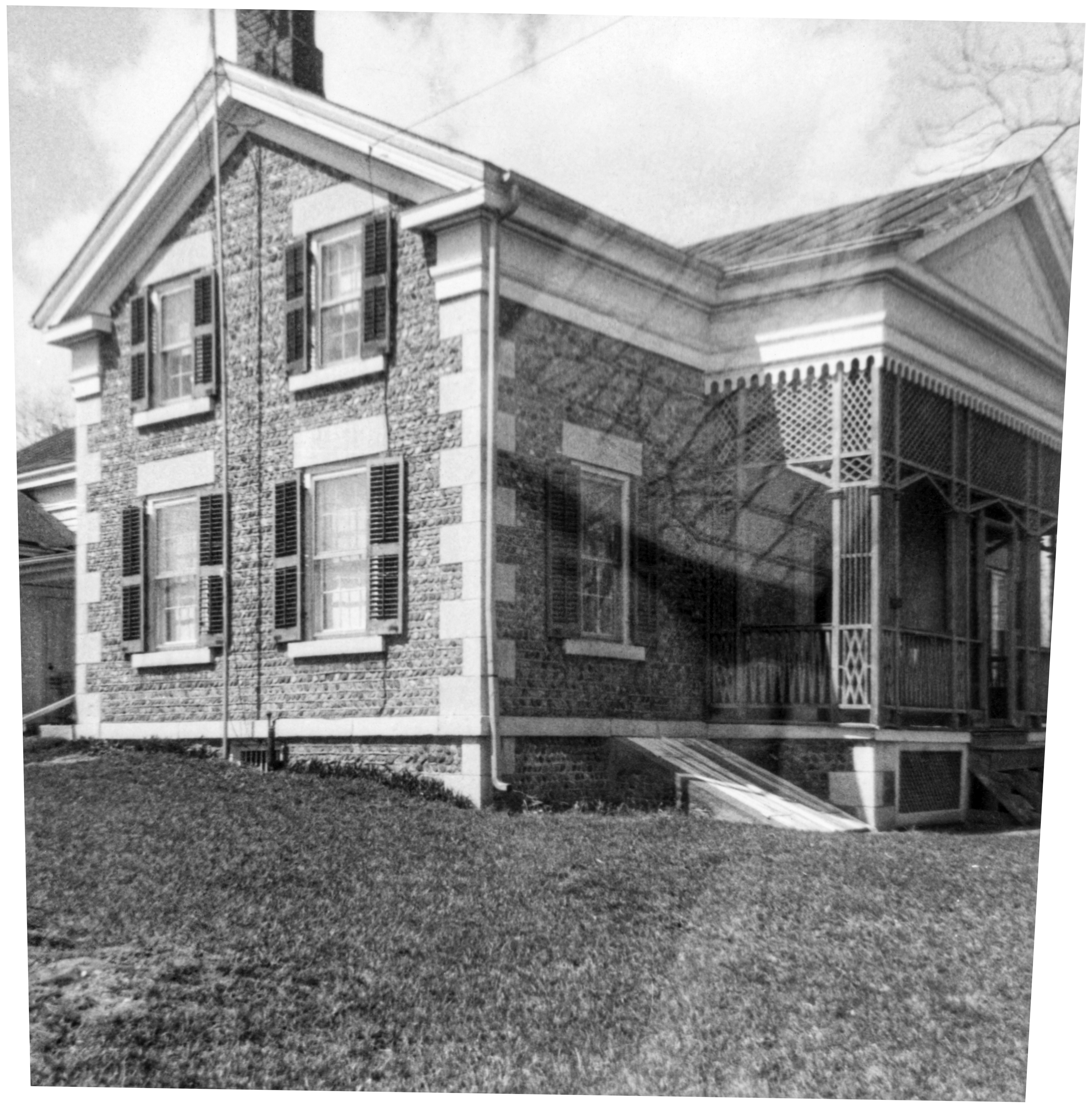 Ben-2 Jensen 3.jpg ² Editor's Note: Photograph taken through vehicle windshield resulting in reflection of car interior being included from glass - a map?. | 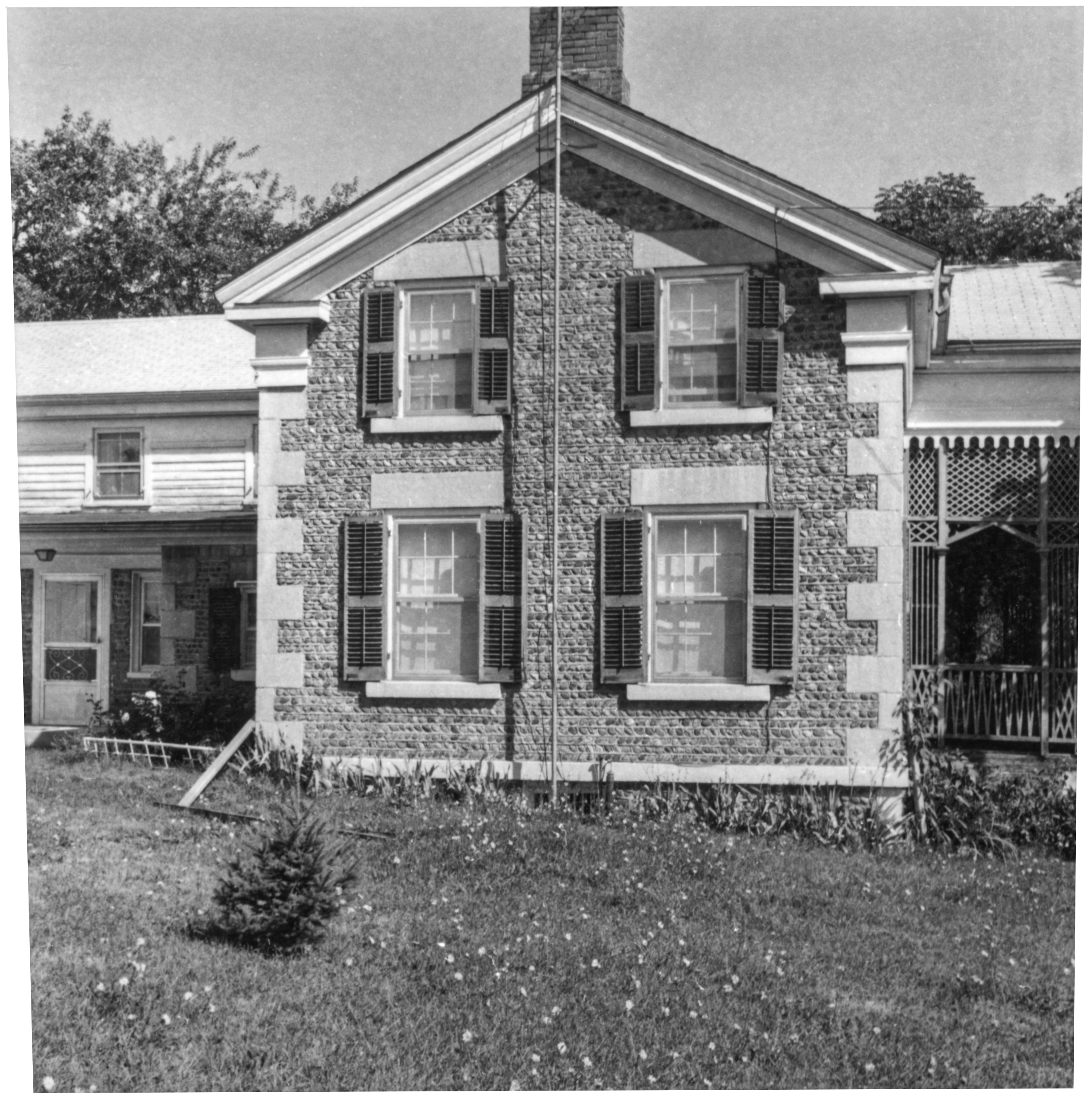 GP Yates Benton Ben-2 1-1 P.jpg ³ 8/22/1971 | 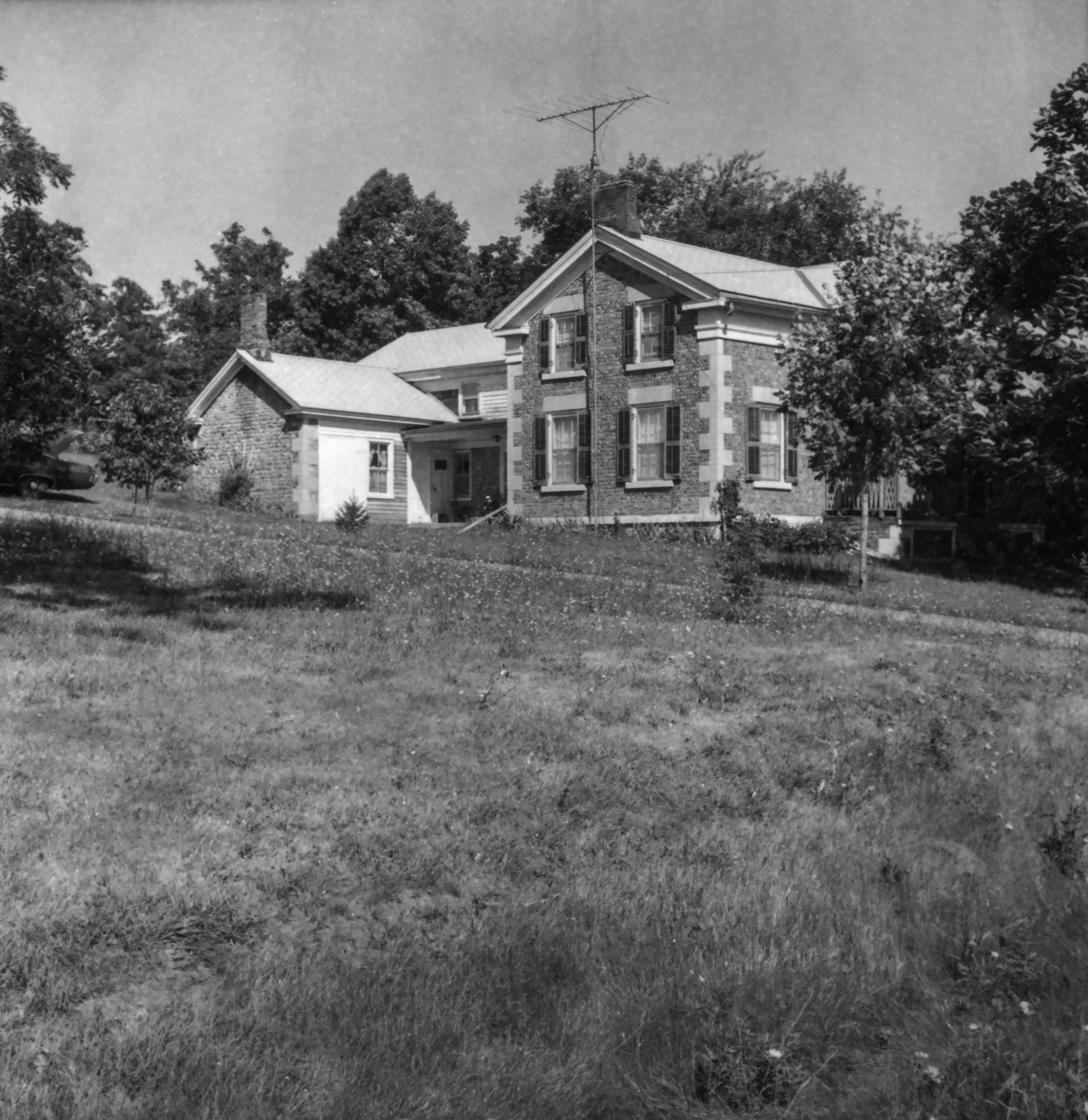 GP Yates Benton Ben-2 1-2 P.jpg ³ 8/22/1971 | 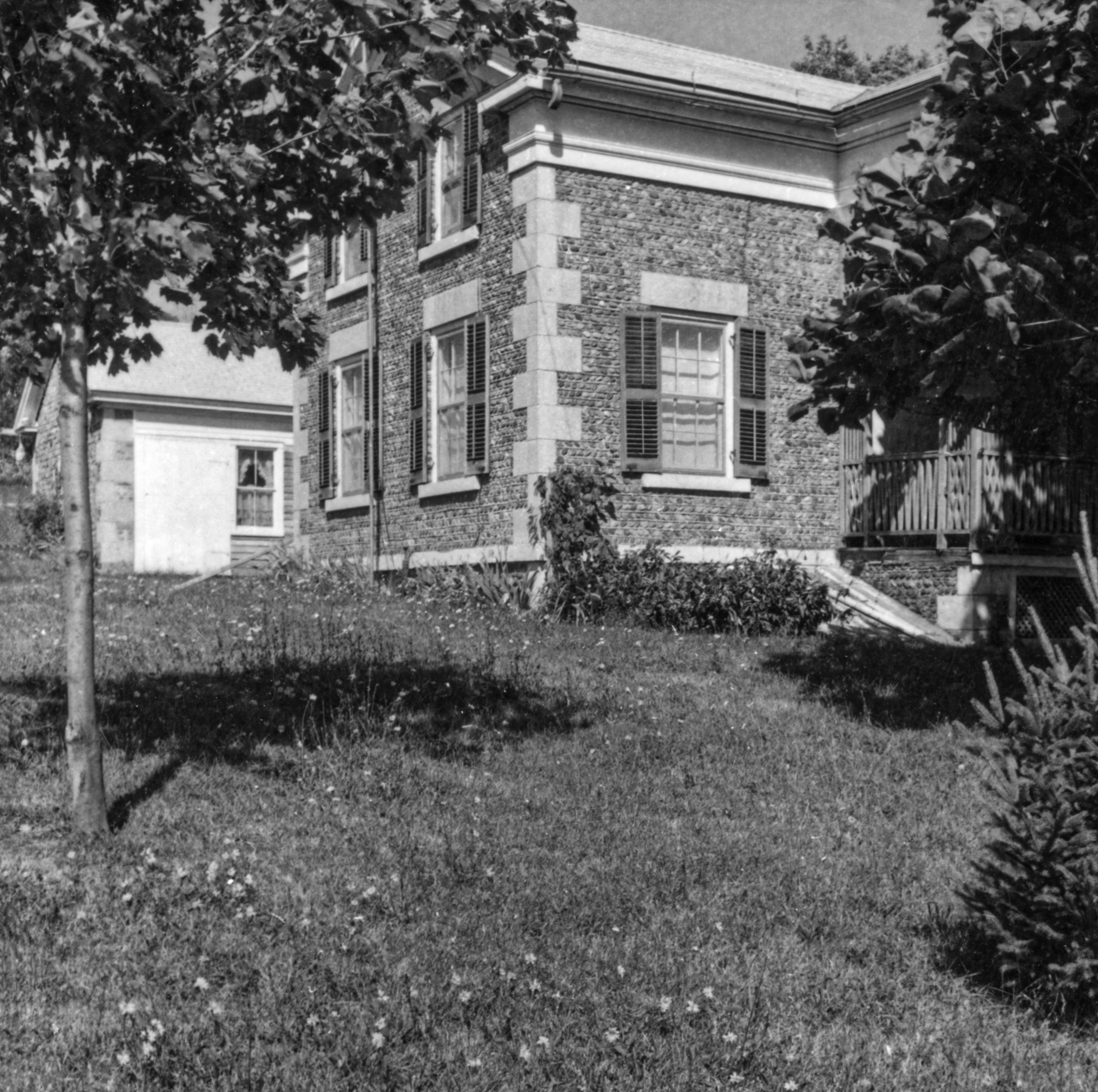 GP Yates Benton Ben-2 1-3 P.jpg ³ 8/22/1971 |
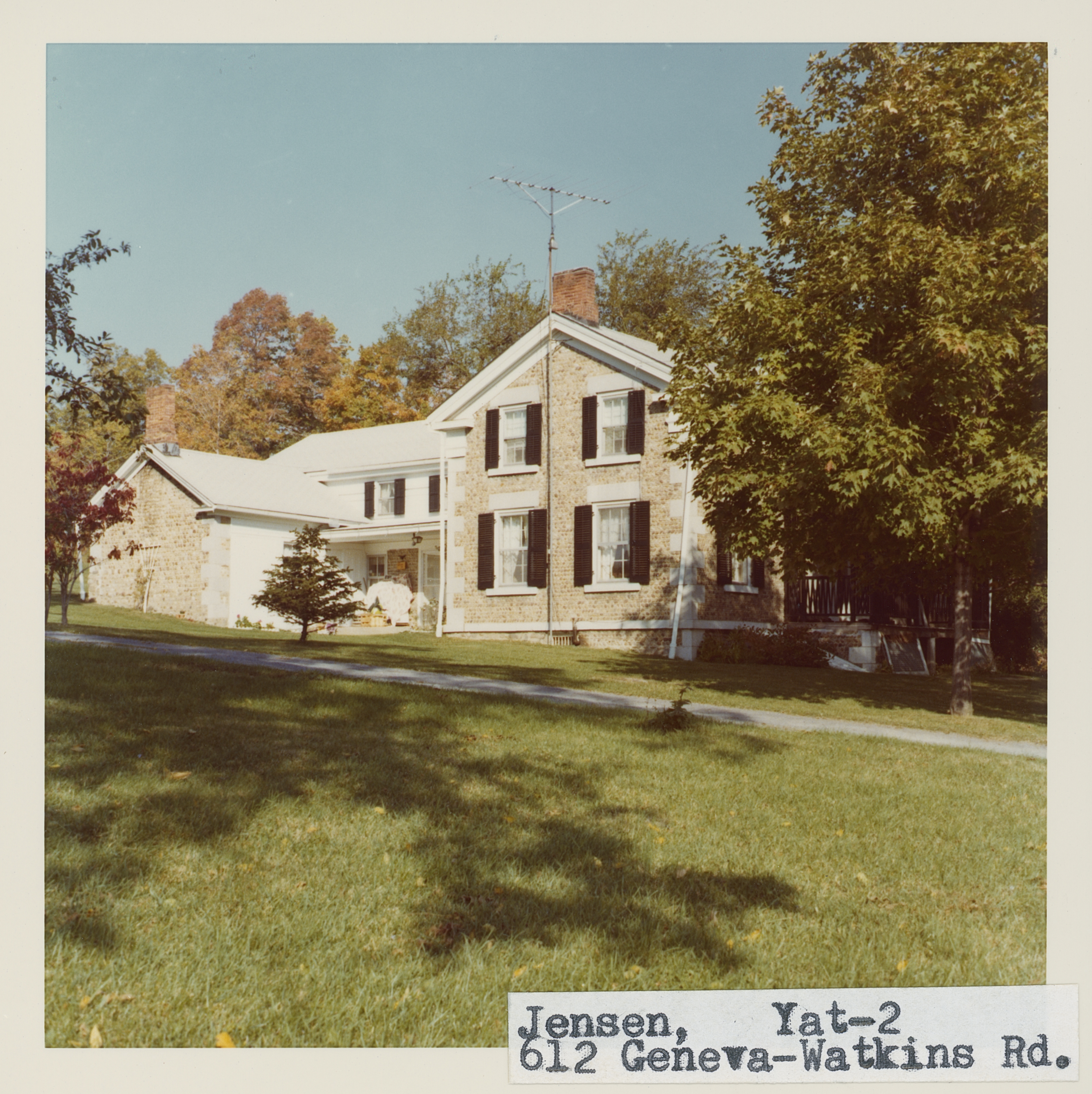 Yat_2_1.jpg | 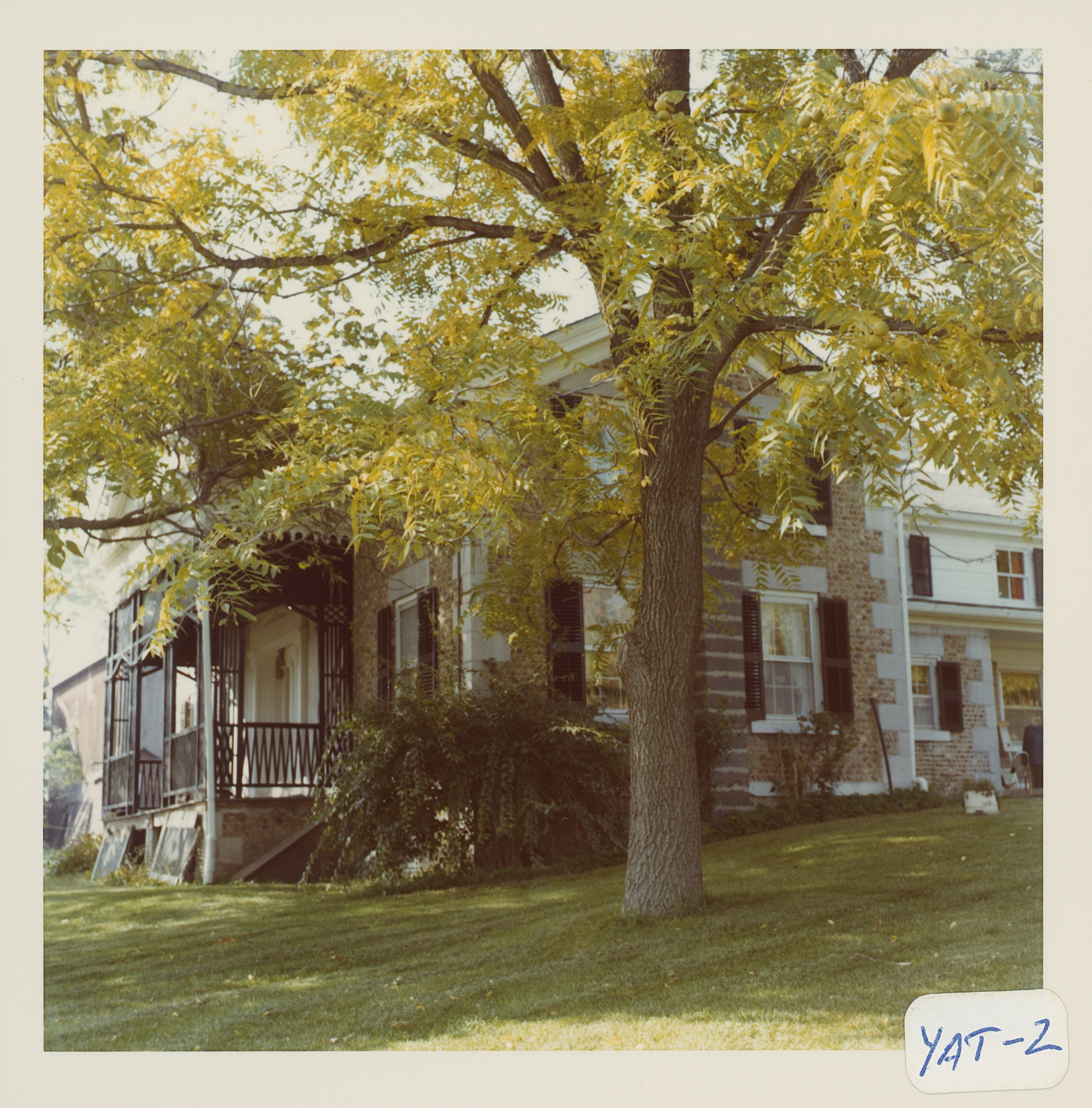 Yat_2_2.jpg | 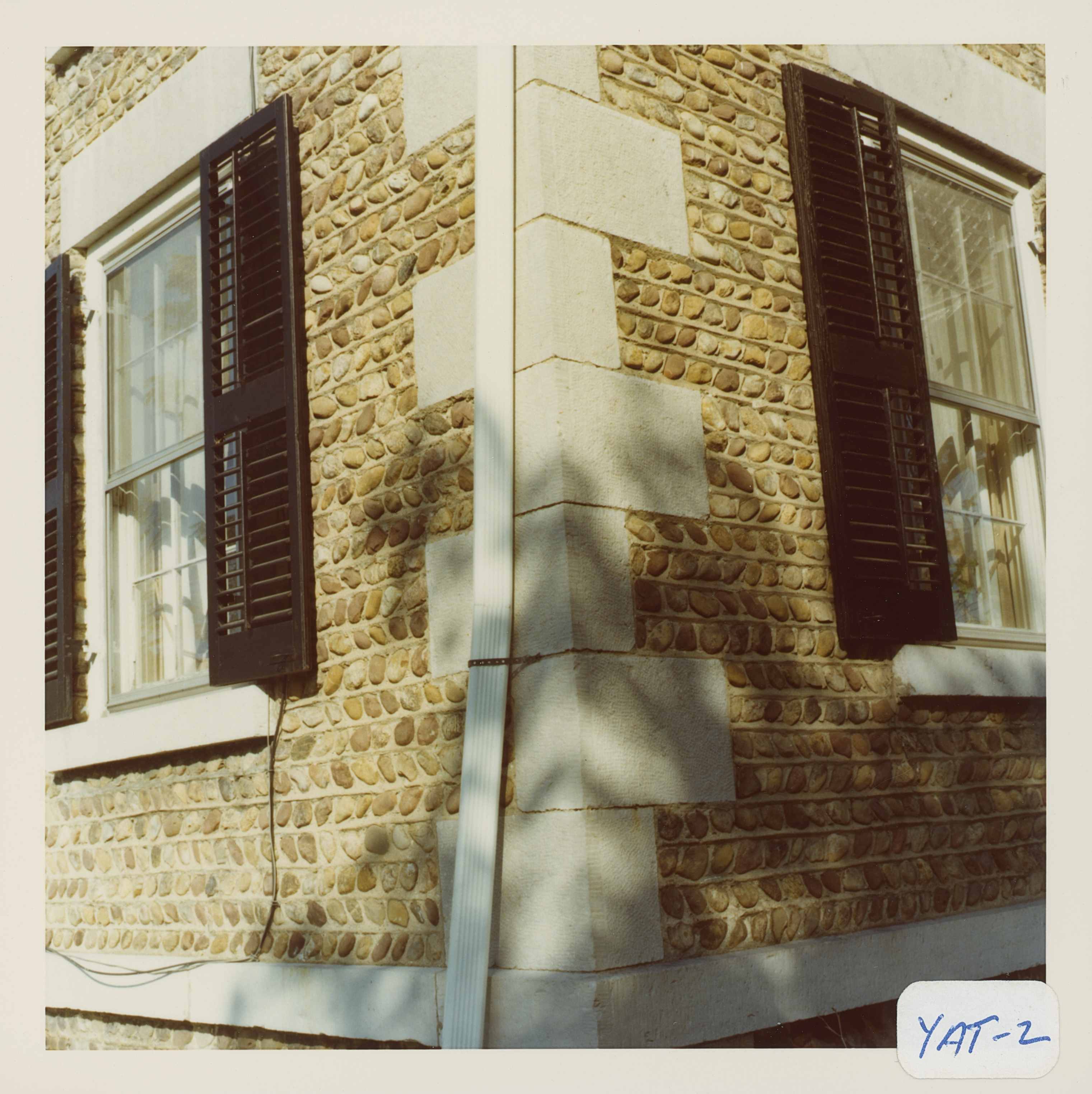 Yat_2_3.jpg | 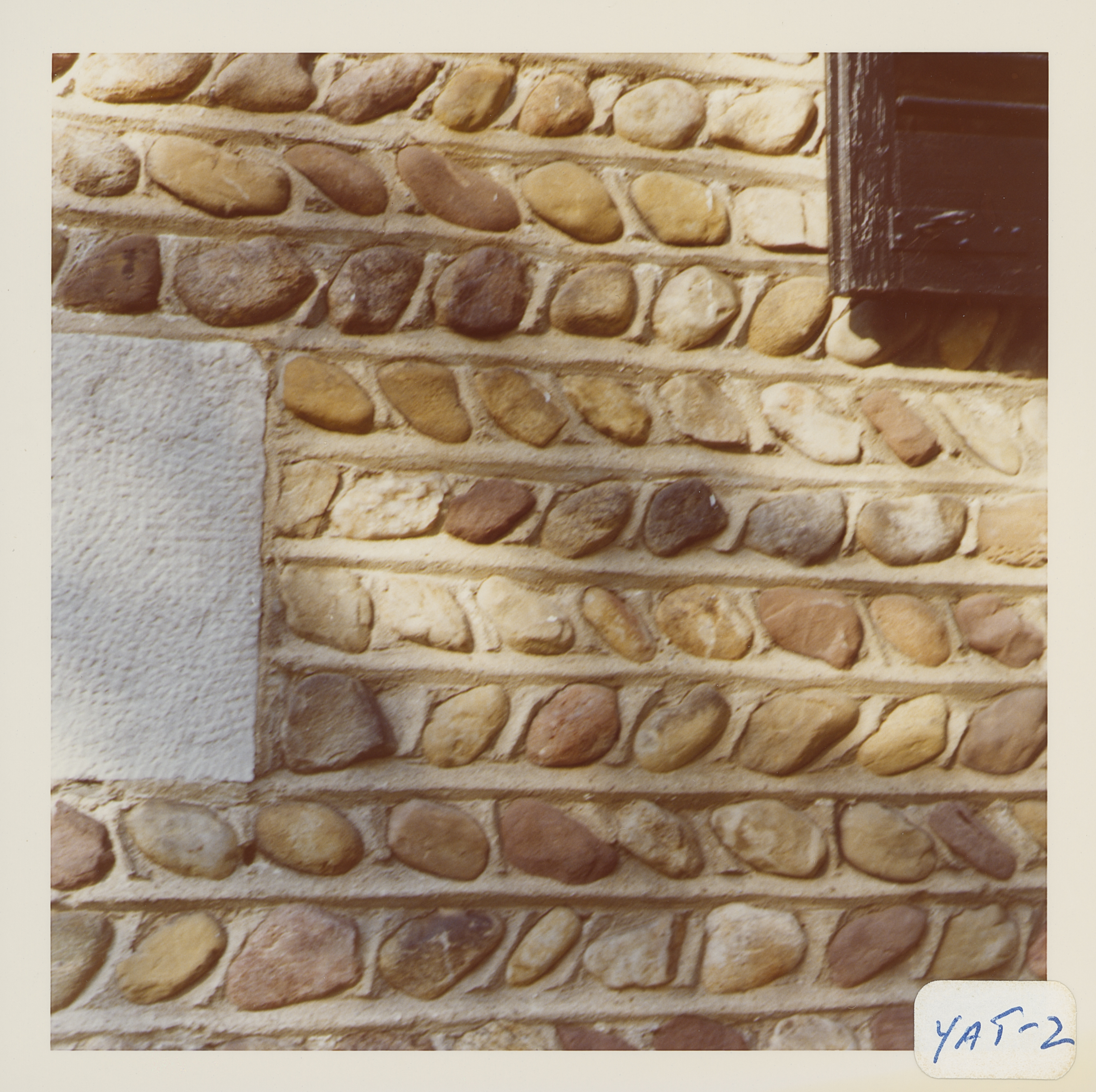 Yat_2_4.jpg |
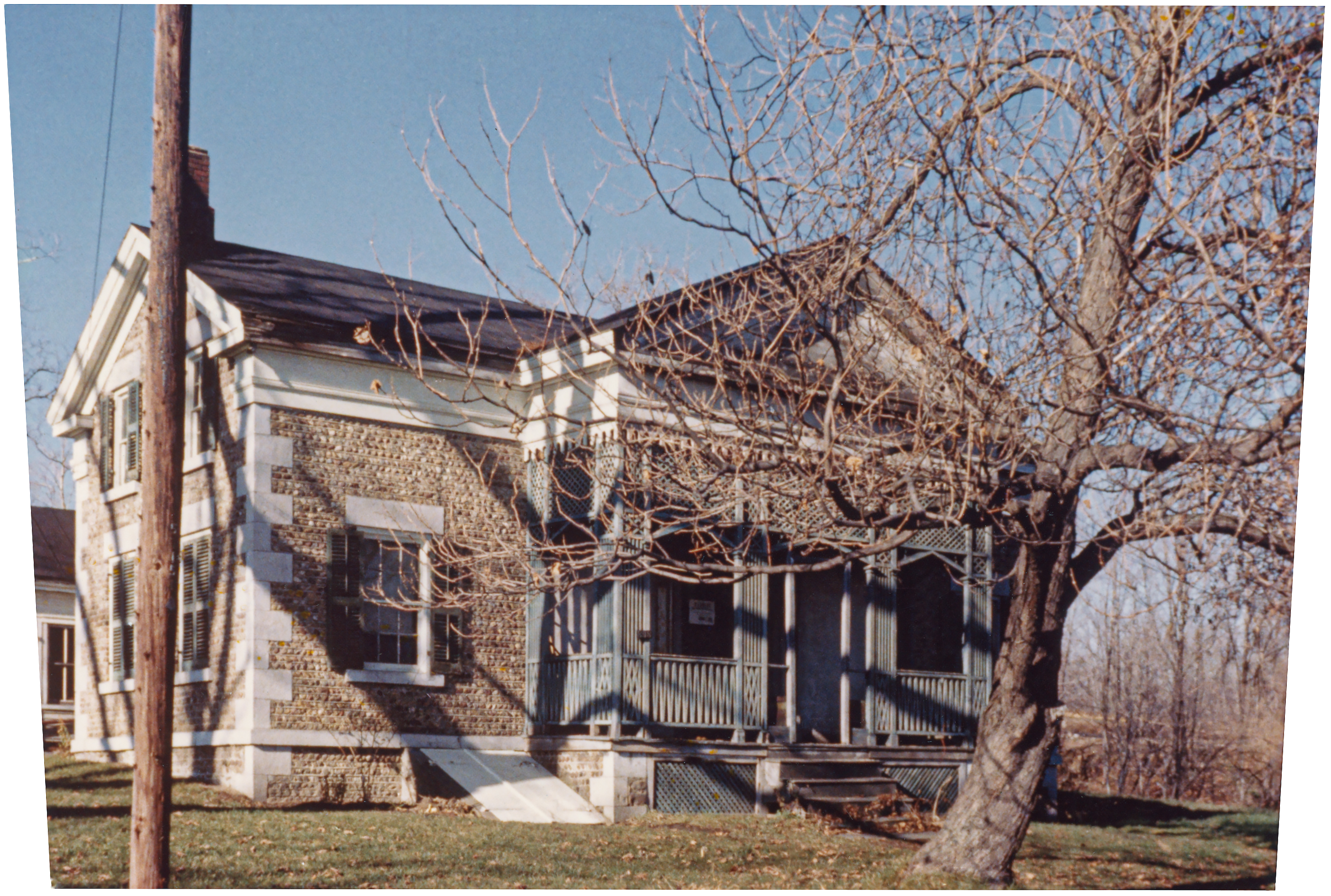 Ben-2 Jensen 4.jpg ² | 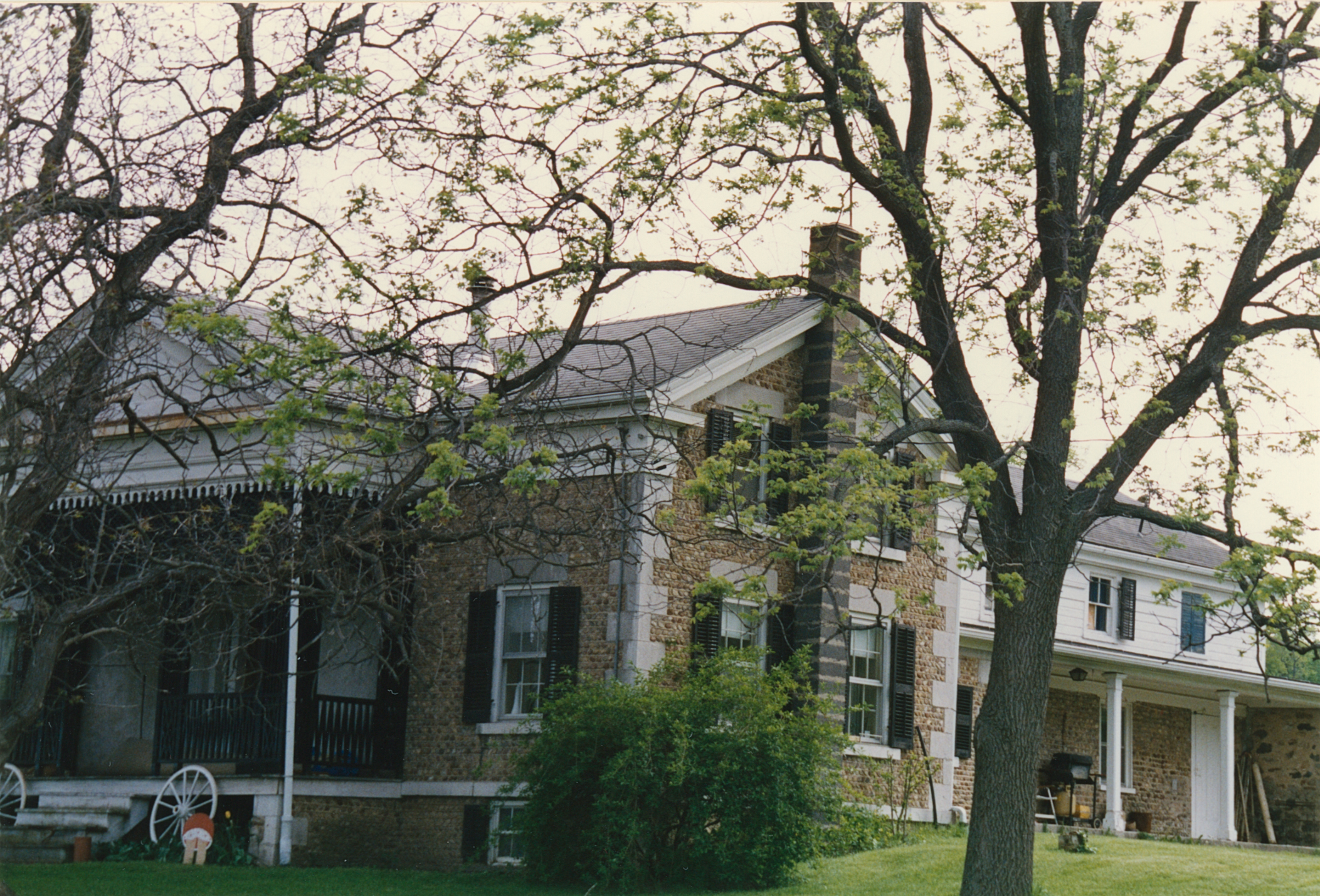 Ben-2 612 Geneva-Watkins Rd 1.jpg 4 | 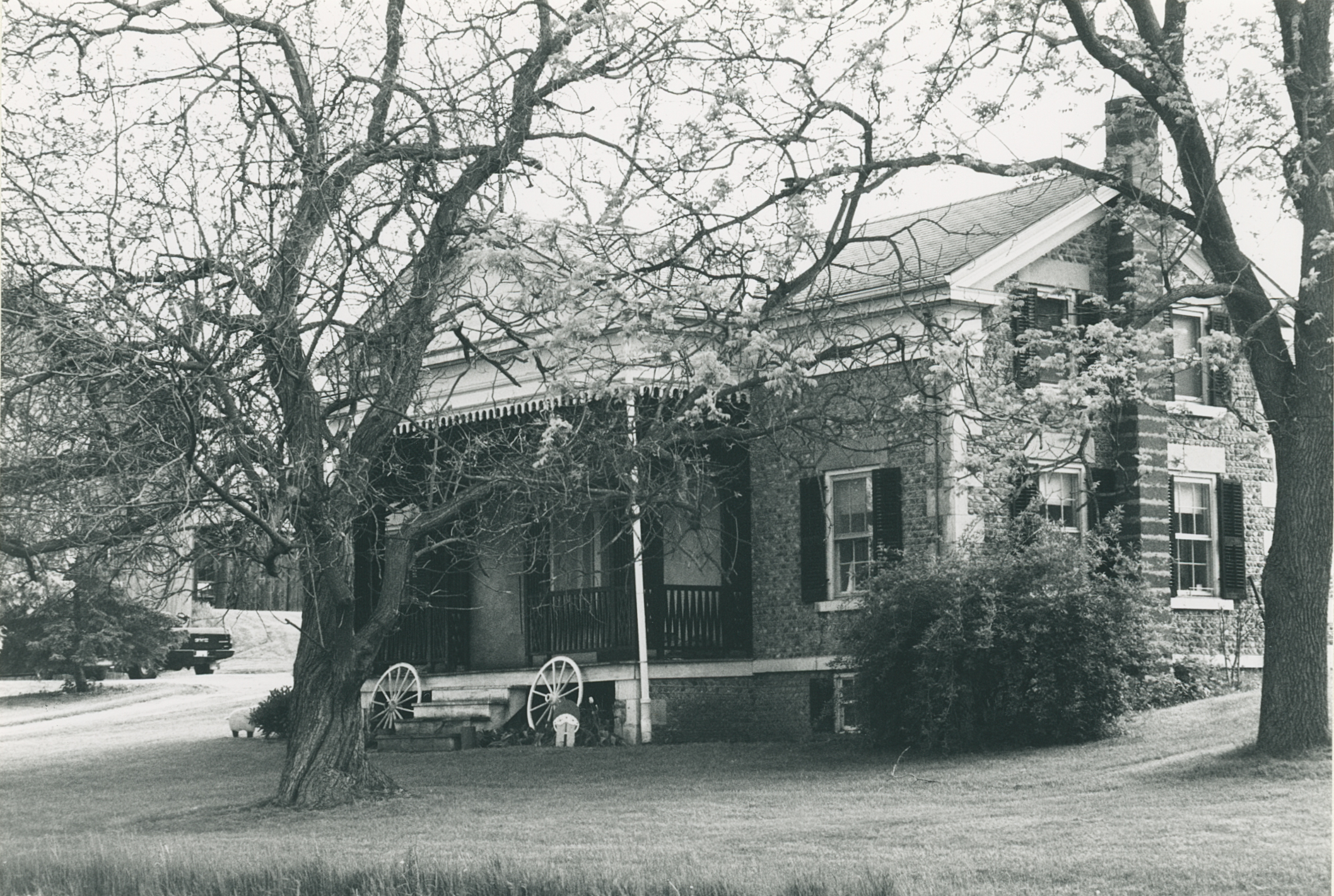 Ben-2 612 Geneva-Watkins Rd 2.jpg 4 | 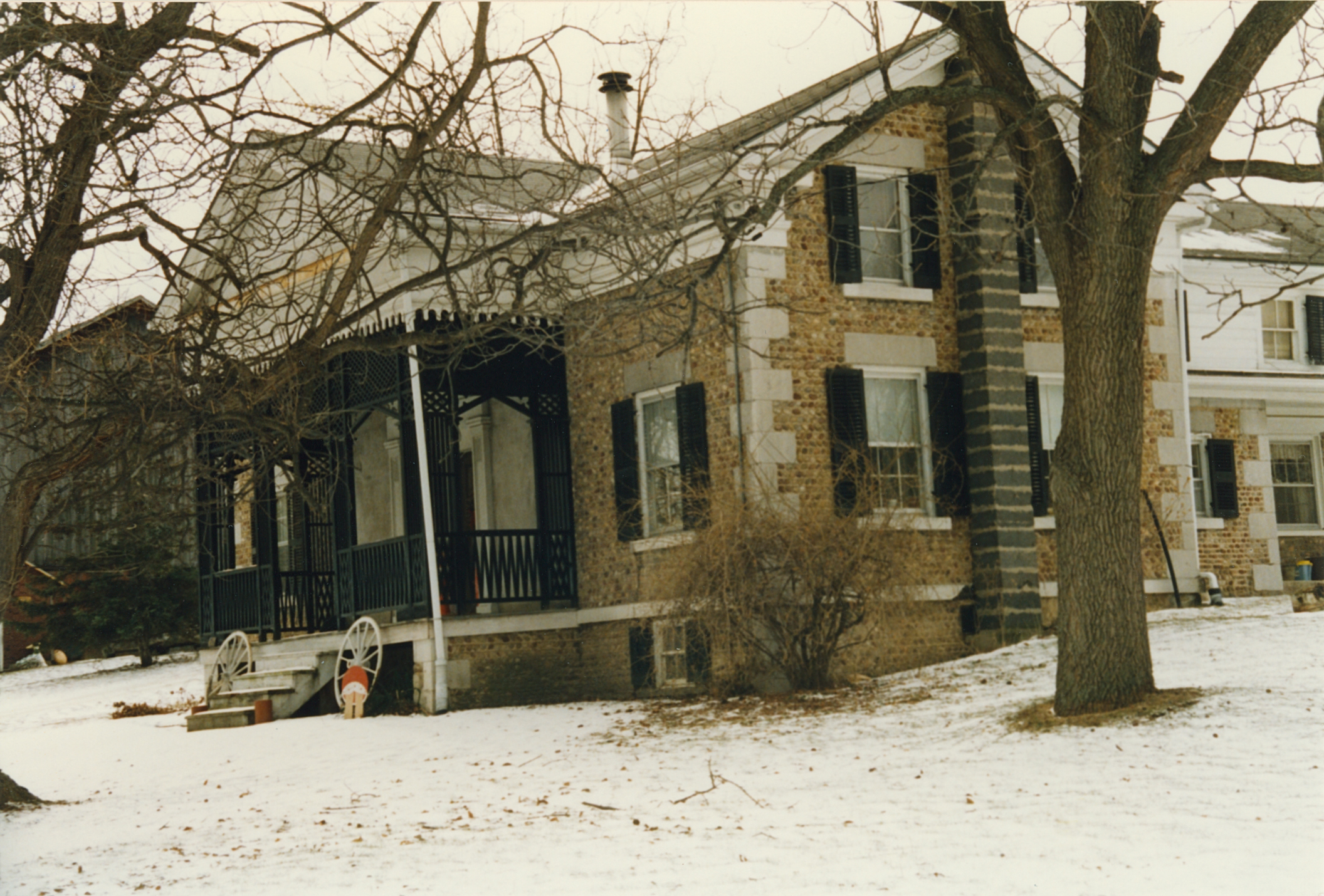 Ben-2 612 Geneva-Watkins Rd 3.jpg 4 |
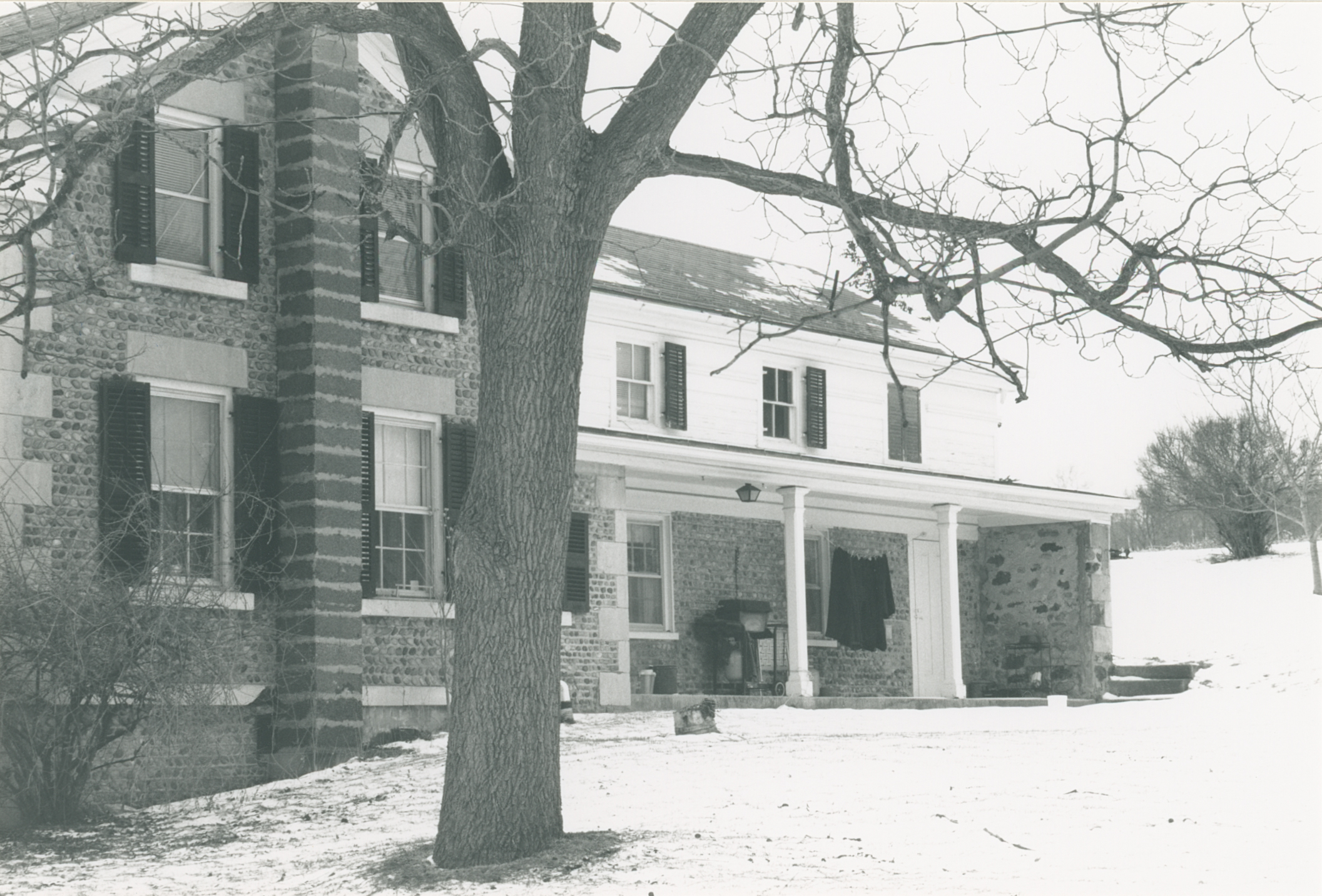 Ben-2 612 Geneva-Watkins Rd 4.jpg 4 | 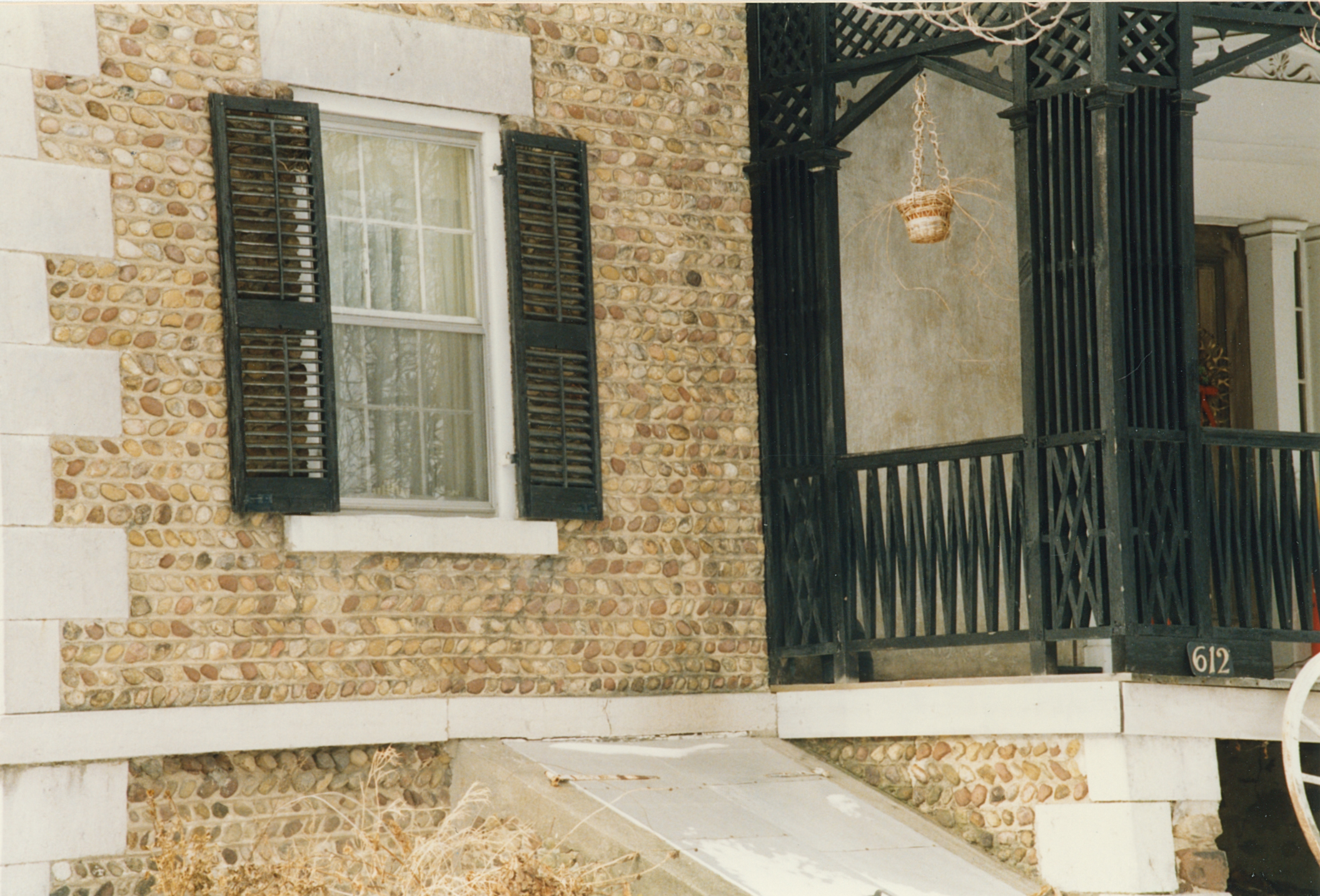 Ben-2 612 Geneva-Watkins Rd 5.jpg 4 | 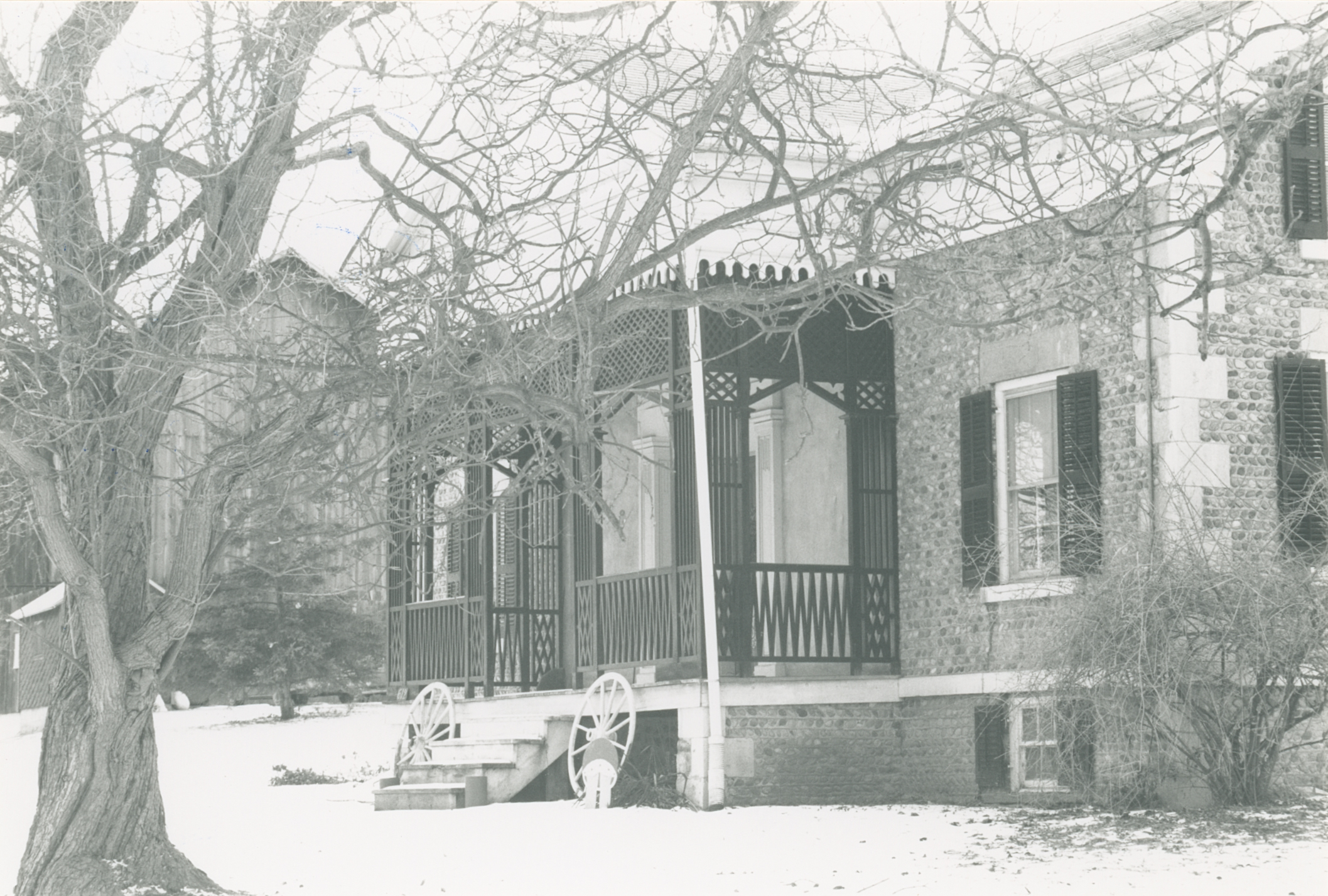 Ben-2 612 Geneva-Watkins Rd 6.jpg 4 | 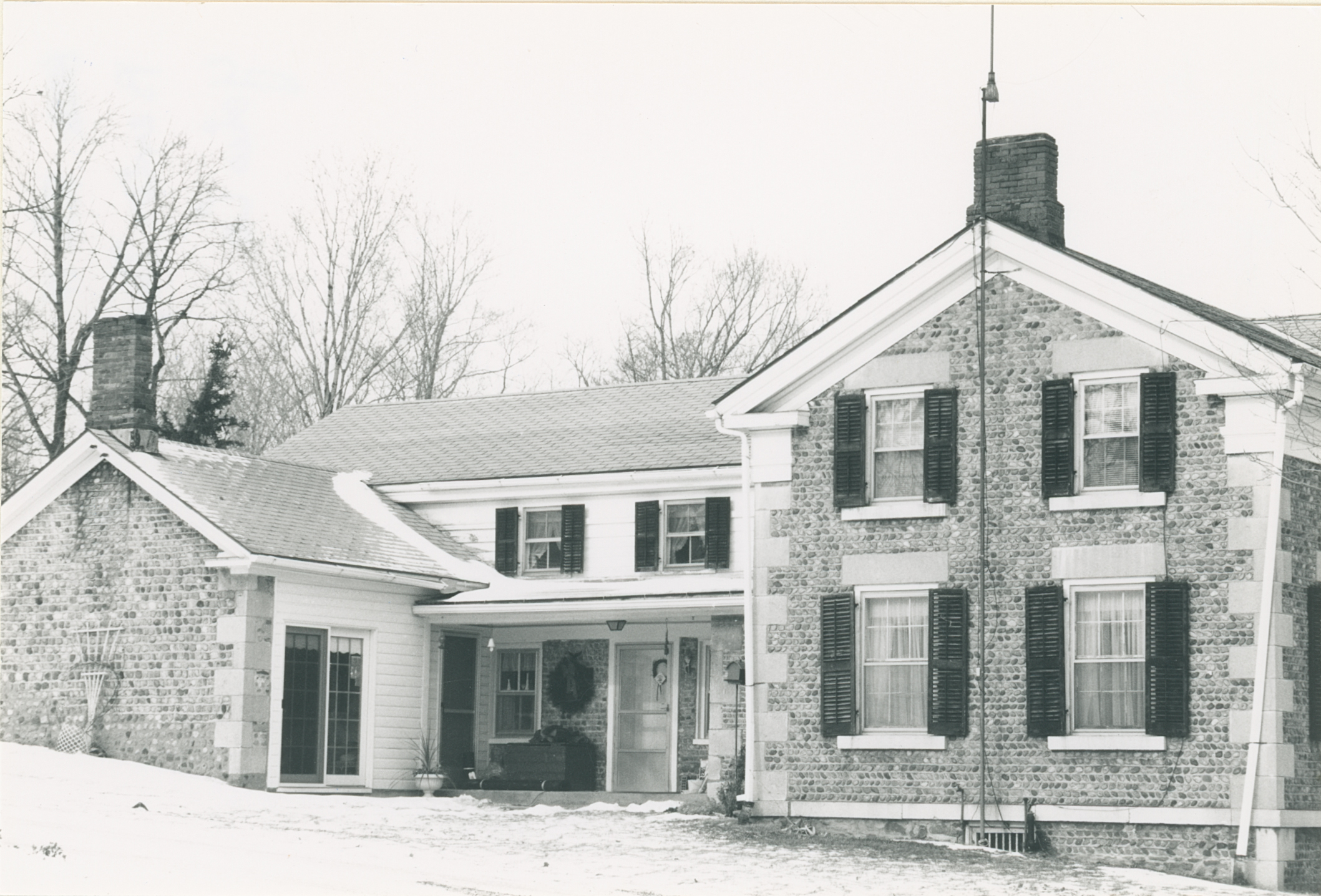 Ben-2 612 Geneva-Watkins Rd 7.jpg4 |
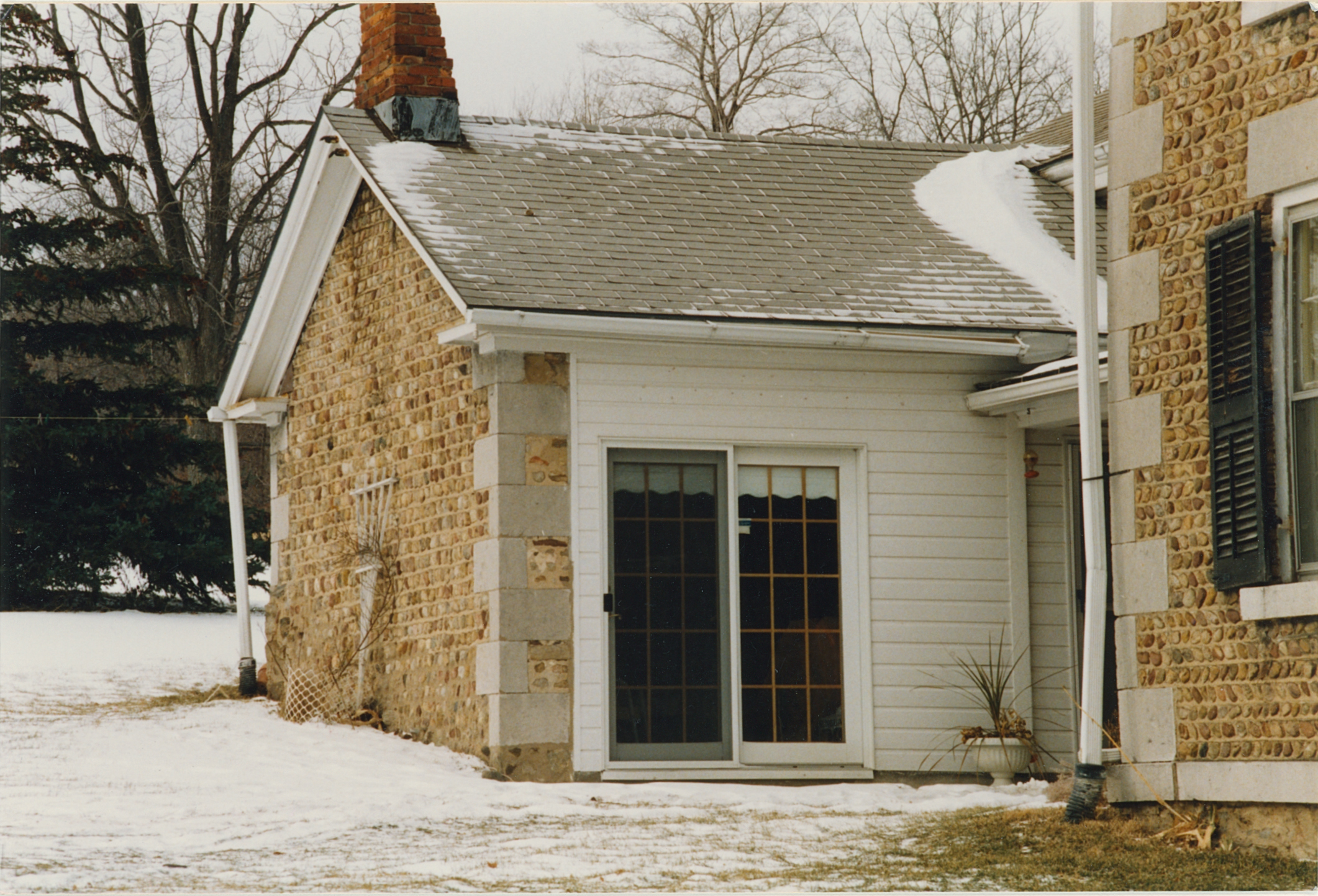 Ben-2 612 Geneva-Watkins Rd 8.jpg 4 | 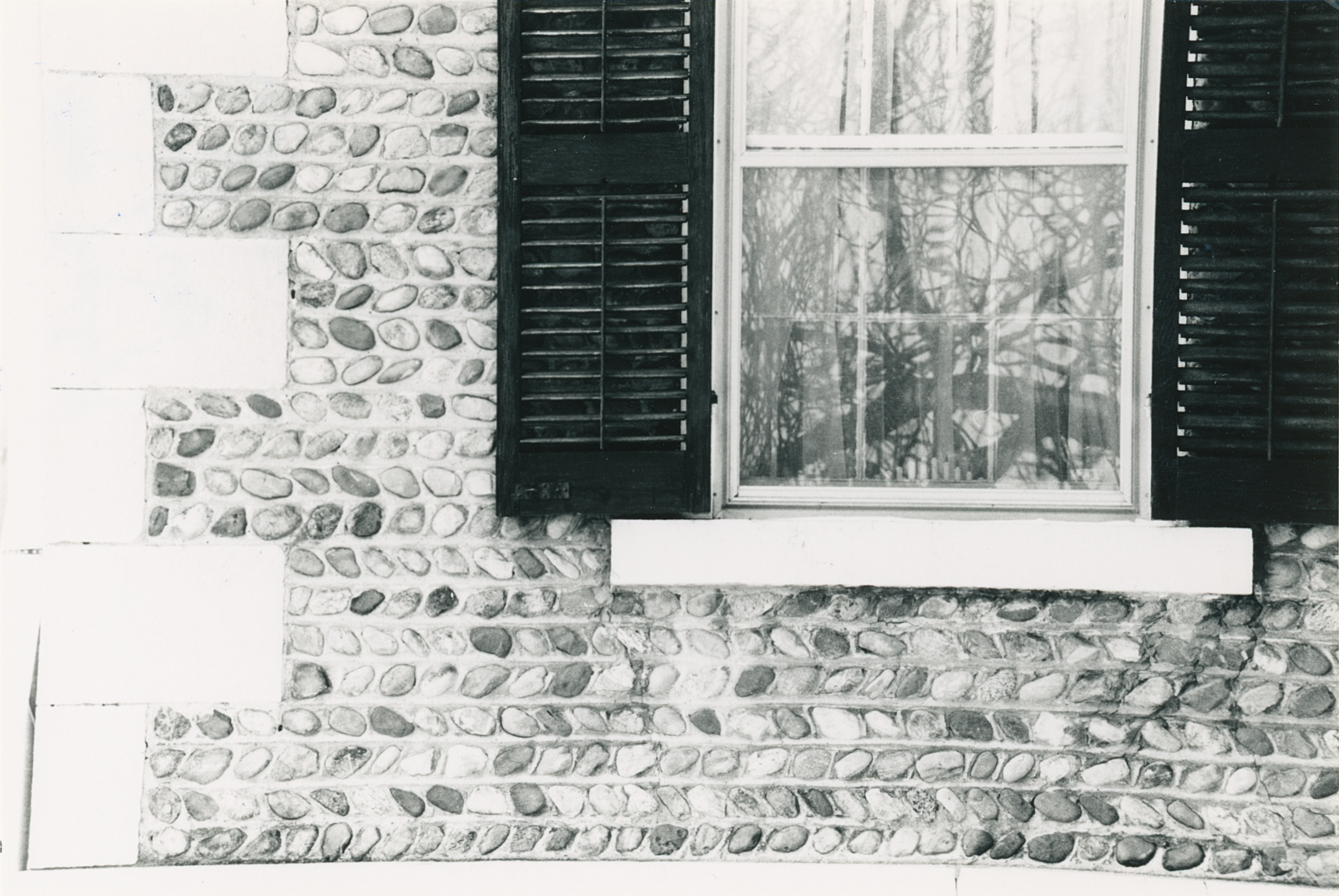 Ben-2 612 Geneva-Watkins Rd 9.jpg 4 | 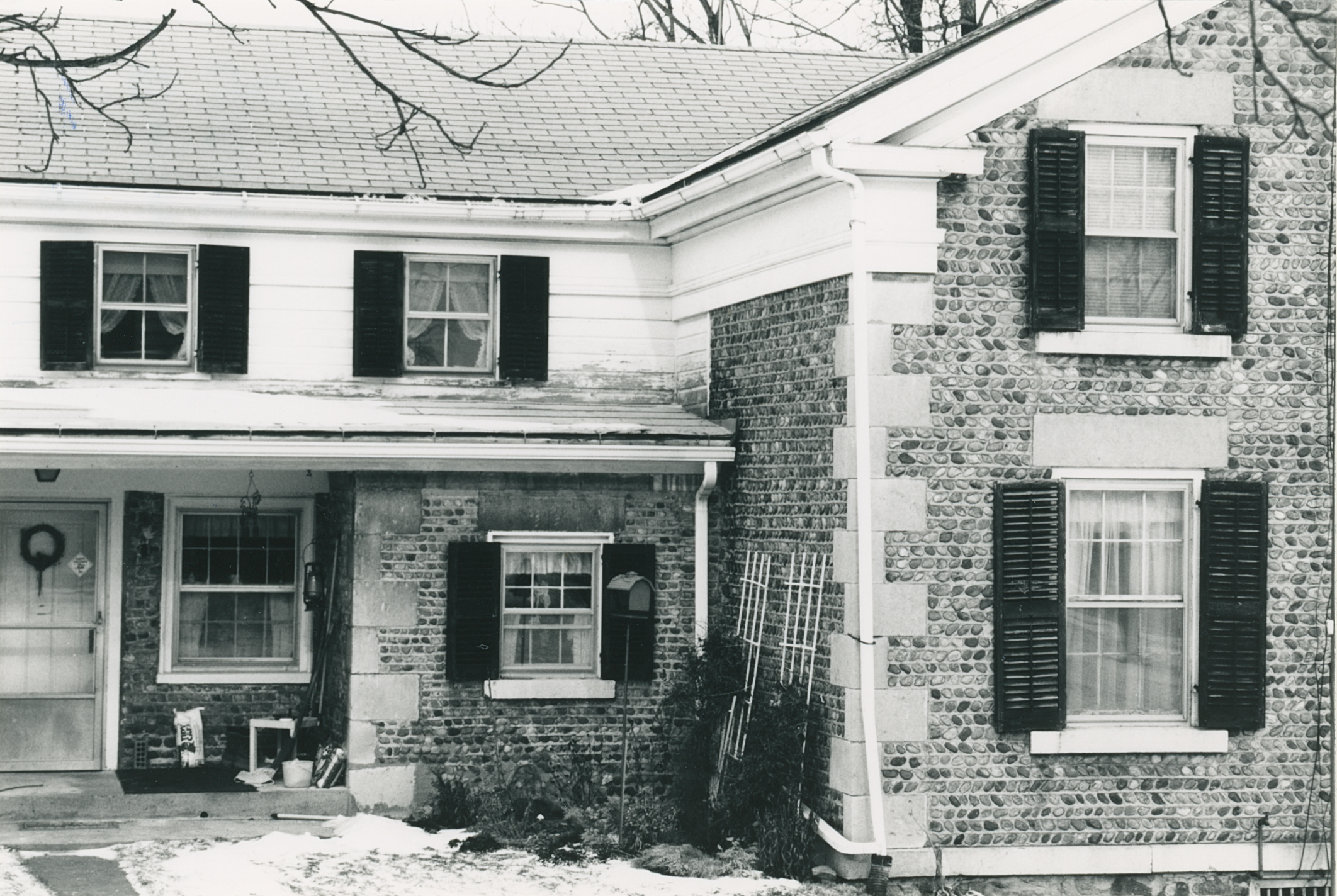 Ben-2 612 Geneva-Watkins Rd 10.jpg ³ | 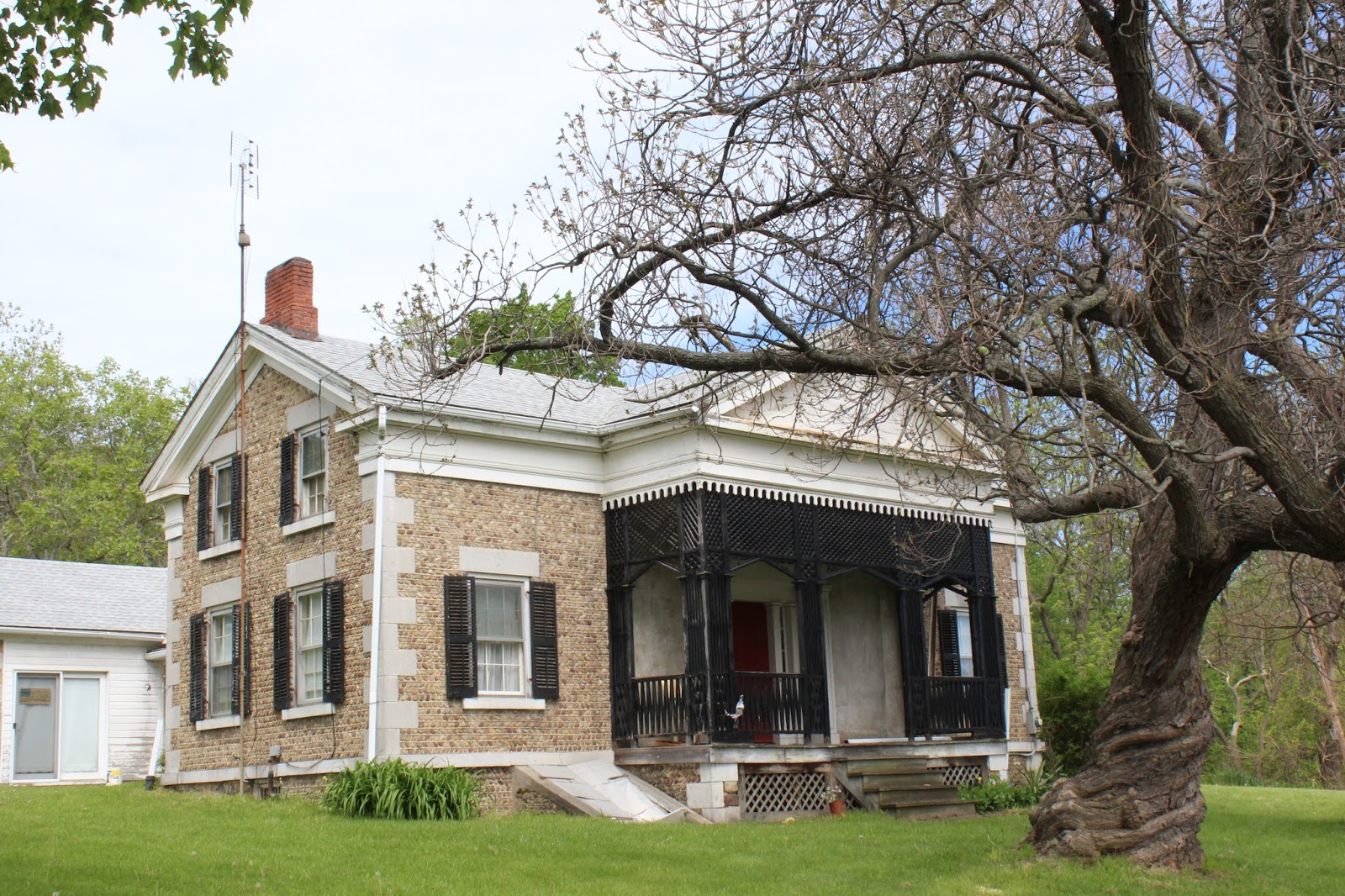 Slide 5.jpg 5 |
 IMG_0753.jpg 5 |
¹ Image courtesy Richard Palmer blog. Attribution not provided.
² Image courtesy Cobblestone Museum.
³ Photography courtesy Gerda Peterich. Cobblestone Museum.
4 Photography courtesy Martin and Sheila Wolfish.
5 Photography courtesy Richard Palmer.

 National Register of Historic Places Registration
National Register of Historic Places Registration